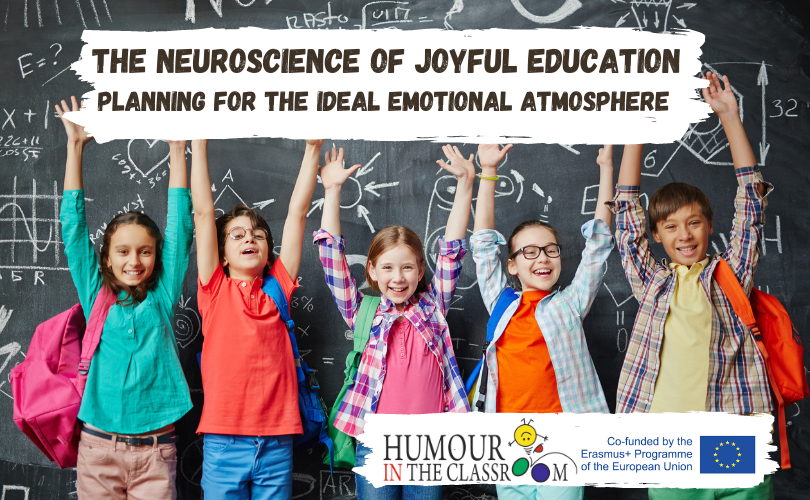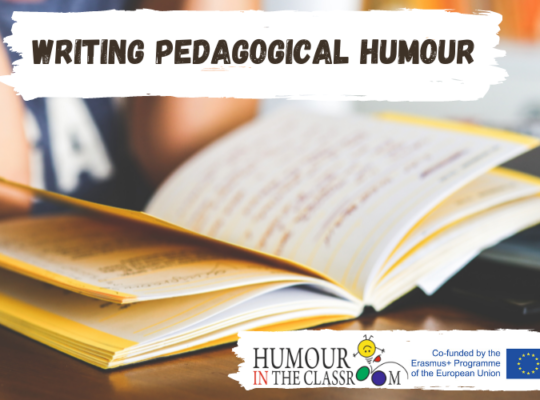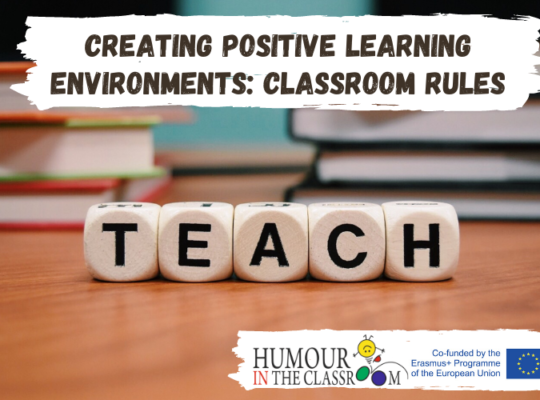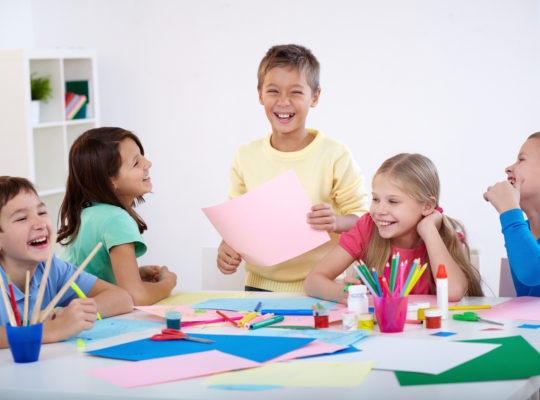Lessons that are stimulating and challenging are more likely to pass through the reticular activating system (a filter in the lower brain that focuses attention on novel changes perceived in the environment). Classroom experiences that are free of intimidation may help information pass through the amygdala’s affective filter. In addition, when classroom activities are pleasurable, the brain releases dopamine, a neurotransmitter that stimulates the memory centers and promotes the release of acetylcholinem, which increases focused attention.
The acronym RAD can remind educators of three important neuroscience concepts to consider when preparing lessons:
● Novelty promotes information transmission through the Reticular activating system.
● Stress-free classrooms propel data through the Amygdala’s affective filter.
● Pleasurable associations linked with learning are more likely to release more Dopamine.
There are no neuroimaging or brain wave analysis data that demonstrate a negative effect of joy and exuberance in classrooms, yet some schools have unspoken mandates against these valuable components of the classroom experience. Now that hard science proves the negative effects of stress and anxiety, teachers can more confidently promote enthusiasm in their classrooms.
Planning for the Ideal Emotional Atmosphere
Although it is valuable for teachers to be familiar with neuroscientific research and pass relevant findings along to education stakeholders, it is crucial that educators use classroom strategies that reflect what we know about the brain and learning. So how can teachers create environments where anxiety is low while providing enough challenge and novelty for suitable brain stimulation?
Make it relevant.
When stress in the classroom is getting high, it is often because a lesson is overly abstract or seems irrelevant to students. Teachers can reduce this type of stress by making the lesson more personally interesting and motivating. Ideally, students should be able to answer the question, “Why are we learning about this?” at any point in a lesson.
Teachers can find valuable background materials and human interest connections in textbooks published in the 1990s, before many publishers dropped such information to make room for practice test questions. The Internet is a source of many teacher-shared lesson plans and links to Web sites that provide resources for student activities and information databases that bring the more fact-heavy lessons to life.
Give them a break.
Just like adults, students can reduce stress by enjoying hobbies, time with friends, exercise, or music. Even though schools are shortening recess, physical education, art, drama, and even lunchtime to add more time for core subjects, teachers can give students a three-minute vacation to reduce stress. Any pleasurable activity used as a brief break can give the amygdala a chance to cool down and the neurotransmitters time to rebuild.
Create positive associations.
Eliminating all stress from students’ lives is impossible. However, even if previous classroom experiences have led to associations that link certain activities, such as memorizing multiplication tables, to a stress response from the amygdala, students can benefit from revisiting the activity without something negative happening. By avoiding stressful practices like calling on students who have not raised their hands, teachers can dampen the stress association.
Students can develop positive associations with multiplication by practicing it with a positively reinforcing strategy. For example, they might first review the table for multiplying by eight, then fill in blanks on a worksheet and immediately check each written answer with a calculator.
If the answer is correct, the student experiences instant positive reinforcement. If the answer is incorrect, the student sees the right answer on the calculator—a much more pleasurable experience than hearing a classmate call out the answer before the student can even begin to compute it.
In a similar way, students can build on their neurochemical memories of positive feelings if they have opportunities to recognize and savor their successes. A posted “Personal Goal Achievement” list, for example, acknowledges all students’ successes. Students set personal goals, such as learning a specific multiplication table, and their names go on this list when they achieve their goals. Unlike the more typical competitive list of scores or lists of students who have mastered specific skills, this goal achievement list includes only the names of students who have met their goals, not the actual goals themselves.
Prioritize information.
It is helpful for teachers to guide students in learning how to prioritize information—how to decide what facts are worthy of writing down and reviewing when studying. When teachers demonstrate and explain how they determine which facts are important, students see how to make those judgments for themselves as they read texts and study. Helping students learn how to prioritize and therefore reduce the amount of information they need to deal with is a valuable stress-buster.
Allow independent discovery learning.
Thanks to dopamine release and the consolidation of relational memories, students are more likely to remember and understand what they learn if they find it compelling or have a part in figuring it out for themselves. In addition, when students have some choices in the way they will study or report on something, their motivation will increase and stress will diminish. They will be more accepting of their errors, motivated to try again, and less self-conscious about asking questions.
A Safe Haven
Classrooms can be the safe haven where academic practices and classroom strategies provide students with emotional comfort and pleasure as well as knowledge. When teachers use strategies to reduce stress and build a positive emotional environment, students gain emotional resilience and learn more efficiently and at higher levels of cognition. Brain-imaging studies support this relationship.






